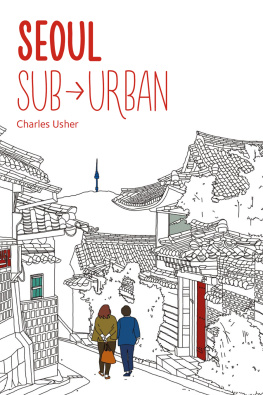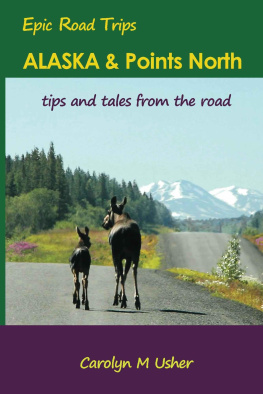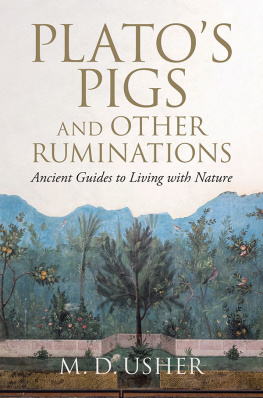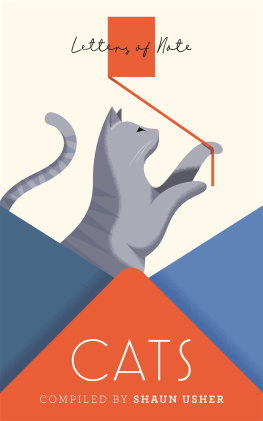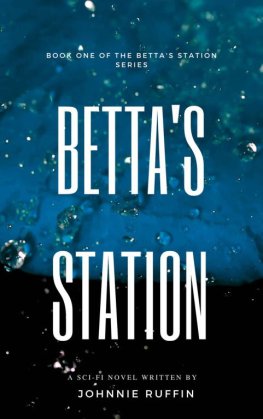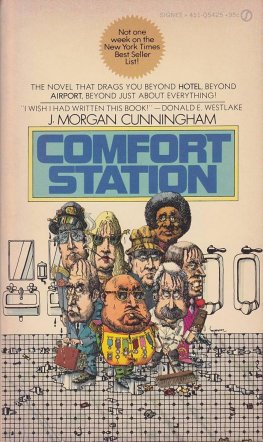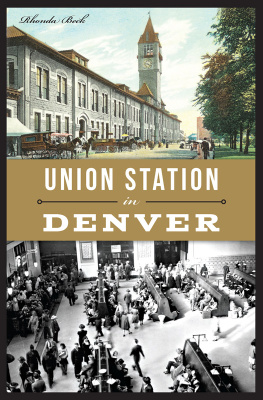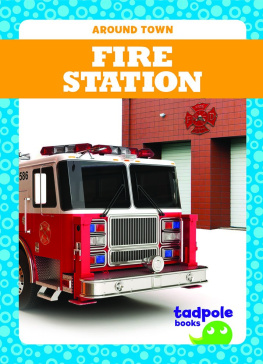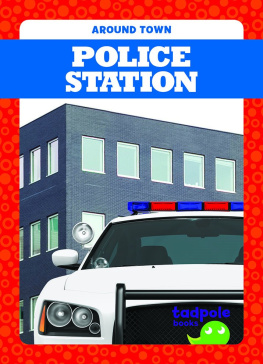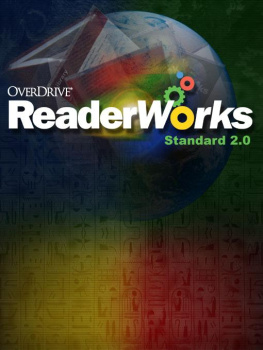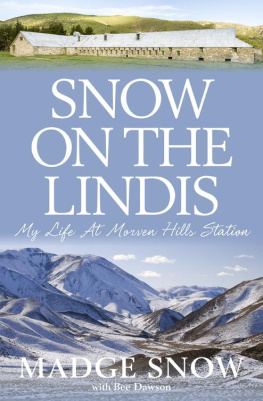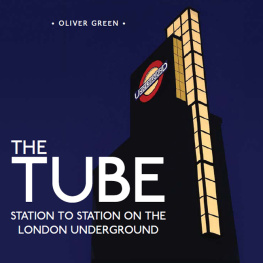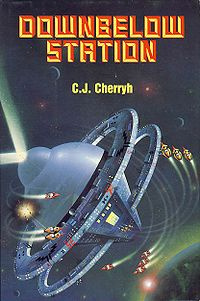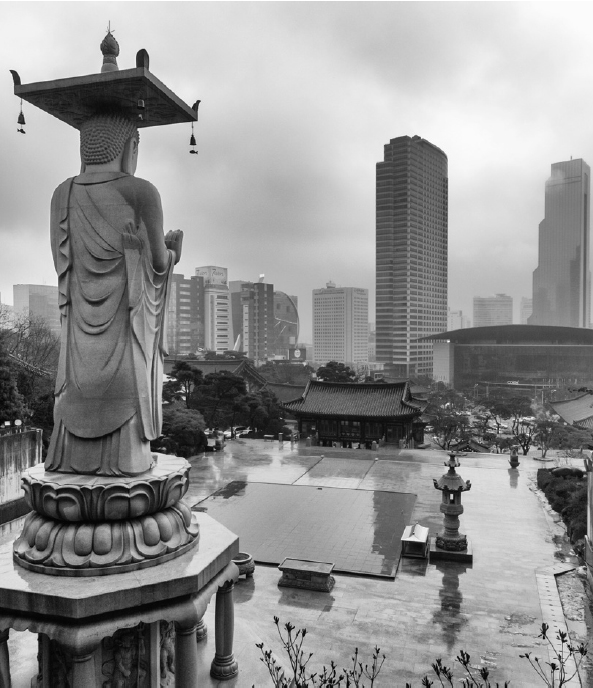
INTRODUCTION
When I first moved to Seoul, in 2005, whenever I rode the subway and the train pulled into a new station the same thought would creep up: What if I just got off here? Whats up there? Though I imagined this new city was full of discoveries, I soon found myself constrained by habit, stuck shuttling between the same handful of neighborhoods where I lived, worked, and played. I knew I was missing things, though what, exactly, I wasnt sure.
We travelor move halfway around the worldfor the sense of discovery it gives us, to feel the exuberant shiver of raw experience, of the transformation from not knowing to knowing. Too often, though, we neglect the discoveries available to us in the place we live, even if that place is an ocean apart from home. Sooner or later a sense of ennui sets in, preventing us from really knowing our surroundings. Besides this more universal inertia, other factors add to Seouls specific inscrutability, rendering it harder to know than most cities. Theres its sheer size, making a thorough reckoning difficult, and theres the way Seoul cloaks itself in its fast pace. Things change so quickly and theres so much pressure to keep up that residents are forced into a lifestyle of constant movement, and the city becomes something ever-present yet incidental, like the blur of scenery out the window of a high-speed train. On top of these factors, those who arent natives must deal with the language barrier and the often thick line that Korean culture draws between Koreans and outsiders.
My relationship with Seoul was casual the first time I lived here, and when I made the decision to move back in 2009 I also made the decision to try to get to know it better. And the only way to do that was to do what I hadnt done before: get off the train and look for answers to my questions. Thus, the Seoul Suburban project (seoulsuburban.com) was born. I began visiting random subway stations across the capital, trying to look at parts of Seoulboth those Id never been to and those Id already visited countless timesmore deliberately, more closely, and from new perspectives. The project has taken me to over 160 stations, a selection of which is collected here, and has explored everything from downtown tourist centers to obscure neighborhoods that even most Seoulites know little about. It has taken me to traditional markets, ancient historical sites, industrial zones, and the citys trendiest neighborhoods. Its also given me a chance to meet some of the people who live in those places and who make Seoul the vibrant city it is: market vendors, artists, blacksmiths, and others.
Like Korea and Koreans, Seoul is constantly changing, trying to figure out what it is and what it wants to be, and its this dynamism and unpredictability that, while making the city difficult to know, also make it so fascinating. The Korean capital is endlessly complex, and understanding it takes time and dogged perseverance. The fact that the latter is a defining trait of the countrys people perhaps lends a bit of teeth-gritted poetry to the cityto begin to know it you must do so on its own, Korean terms. Only when youve done this will Seoul open up and share its endless tiny revelations, though when it does it will do so only to offer more questions. But thats the reward. Like in the best romances, the mystery is never lost. The city is never figured out; the sense of discovery never disappears.
Seoul Suburban
Copyright 2017 by Charles Usher
All Rights Reserved
No part of this book may be reproduced or utilized in any form or by any means without the written permission of the publisher.
Published in 2017 by Seoul Selection U.S.A., Inc.
4199 Campus Drive, Suite 550, Irvine, CA 92612
Phone: 949-509-6584 / Seoul office: 82-2-734-9567
Fax: 949-509-6599 / Seoul office: 82-2-734-9562
Email:
eISBN: 978-1-62412-089-3

Dongdaemun Station
Lines 1, 4
INSCRUTABLE CITY
Slow revelations in Seouls most beguiling neighborhood
It begins the moment I step off the subway. There, on the platform, a man calls out to passengers, hawking the belts curled up in compartmentalized boxes at his feet, and before exiting the station Ive passed a half dozen others doing the same with bags, with clothes, with battery-operated toys that flash and clatterall of which serves as mere prelude to what surrounds me when I reach the top of the stairs and find myself, yet again, in Dongdaemun. Acres of wholesale markets pull in old-timers in search of bargains, while the malls that are the wellspring of Korean fashion summon the young and style-conscious. Sleek stores and developments coexist amicably with the gritty shops and restaurants that have occupied the innumerable back alleys for decades. Dongdaemun combines the crustiness of the dockyards with the pulsing strut of the catwalk. Nowhere else in Seoul is quite like it. The neighborhood has always been one of my favorite places in the city to go, and yet its also one of the most vexing. No matter how many times I return I always feel as if Im missing something, unaware of some essential part of the neighborhood. Two eyes feel insufficient; each moment, each scene here feels so full of activity and movement that even Argus couldnt fully comprehend what was around him.
The one thing in the neighborhood that I feel I can hold fast to is the eponymous gate, more formally known as Heunginjimun, Gate of Rising Benevolence. One of Joseon-era (13921910) Seouls four main gates, it was originally built in 1396, though the current structure is an 1869 reconstruction. Besides being a beautiful example of traditional Korean architecture, its a faithful reference point amid the hectic surroundings, an anchor in a bewildering sea.
After the gate, what the Dongdaemun area is most closely associated with is fashion. For decades, this has been where people have come to design, create, and wear the latest styles. Those aspiring to follow in the impeccably shod footsteps of Andre Kim (19352010), the first Korean designer to truly make a mark on the international scene, can head to Dongdaemun Fashion Town, where no supply goes wanting. Bolts of fabric are stacked like logs felled from a Technicolor forest; spools of ribbon and lace line up in rows; and buttons, clasps, and hooks are sorted into hundreds of boxes like artifacts at an archaeological dig.
If you prefer letting others do the work for you, the many iterations of Pyeonghwa Market running along the opposite side of the Cheonggyecheon Stream offer myriad clothing shops. Theres also luggage, fishing supplies, and God knows what else. Ive ventured in to explore these markets on several occasions, but every time I find their interiors so indecipherable, the merchandise so disparate that I give up trying to make any sense of them and retreat back outside.
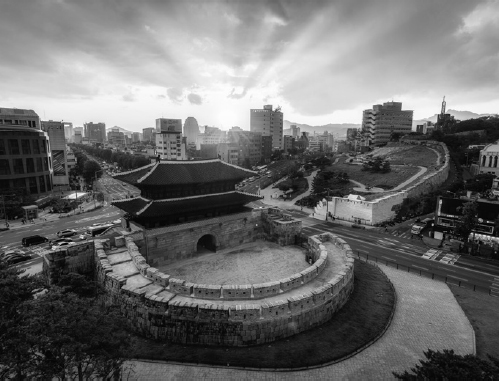
Behind the Pyeonghwa buildings, on either side of Heunginmun-ro, a group of retail and wholesale malls cluster, each with floor after floor of everything from cheap, mass-produced T-shirts to designer goods. With so many places offering so much, its useful (and almost necessary) that many of these malls stay open virtually all night. And indeed, to experience the full force of the scenes energy its best to visit on a weekend night, when shoppers pack the boutiques and sidewalks, K-pop blasts into the air, and high school students lip-synch and perform dance routines on the outdoor stages. It all makes the night come alive in ways that are impressive even by Seouls nocturnal standards. If I have the energy, its one of my favorite times and places to shop, and if it gets to be too much, sometimes Ill just sit on a caf patio and watch the crowds: couples out on shopping dates; college students hunting for cheap threads; Chinese, Thai, and Vietnamese tour groups piling back onto their buses, the pendulums of bags in their hands bumping against the doorframes as they board.

